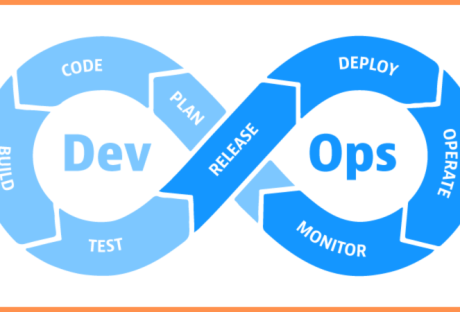You’ve got enough to worry about trying to make your business a success without having to worry about saving the world as well, right? Wrong.
Research shows that incorporating socially responsible policies into your business model can help your business to thrive. From inspiring customer loyalty to attracting investment, social responsibility has huge business benefits. Plus, you can’t beat that warm, fuzzy feeling you get from doing your bit to help the world.
In our modern digital society – where consumers have access to both company records and the fast-moving social media grapevine – social responsibility matters more than ever before. Not only do many consumers prefer to buy from ethical companies, they often insist on it. And this demand is going nowhere. Brands need to embrace social responsibility and put it at the heart of their business to have any chance of earning the kind of reputation today’s consumers want.
Read on to find out exactly why your business should care about social responsibility.
What are the benefits?
Making social responsibility a key part of your corporate citizenship policy can have far-reaching effects for your business. Commit to better environmental practices and you’re likely to cut costs as you reduce your waste and save on energy bills. Devote time to helping a charity and you’ll create no end of positive press and PR opportunities. The list goes on and on.
Other top benefits include:
- Better marketing and brand recognition
- More credibility and customer loyalty
- More satisfied employees (and that makes for increased productivity)
- Facilitation of innovation and development through collaboration
- Increased sales and a boost in profits
- More opportunities to secure external investment
- Easier regulatory relationships with local authorities and the law
- A great reputation and business longevity
- The chance to leave a meaningful legacy and inspire the next generation
How can my business be more socially responsibility?
When creating your corporate social responsibility policy, you need to start by identifying the values that are important to your business. Think about your purpose and what you believe in. You should also think about what means the most to your customers.
Your policy should cover a range of issues from the environment to charitable donations and, crucially, include an implementation and reporting plan. You could have the best policy in the world but if you don’t carry it out, it’s meaningless. You’ll find loads of useful information on the GRI website. They empower businesses around the world to create socially responsible and sustainable business models.
Key policy areas to consider include:
Charitable giving
Social responsibility often involves working to support a charity or worthy cause. Ideally, you should choose a cause that aligns well with your business and that your stakeholders and employees will be enthusiastic about.
Take shoe brand, TOMS. Their One for One campaign helps provide shoes to people in need. For every pair of shoes purchased, they donate a pair – over 75 million at the last count. A great example of a charitable cause that has meaningful synergy with a brand.
Collaborative brand partnerships
Putting competition aside and partnering up with another brand to work collaboratively can have a huge impact. By sharing resources and expertise, partnered brands can achieve far more than they would alone. And all sides stand to gain when the collaboration has charitable aims.
The pre-competitive partnership between luxury online retailer Yoox and fashion brand We Are Handsome is a prime example. Their Yoox Loves the Reef project sees them team up to produce and sell an exclusive line of swimwear and activewear to support the conservation work of the Great Barrier Reef Foundation.
Carbon emissions
In the face of climate change, more and more businesses are looking to play their part and reduce their carbon footprint. Brands like L’Oréal have even committed to going fully carbon neutral and the hope for the future is that other businesses will follow suit.
Begin by identifying your carbon emissions and then look at ways of reducing them. This could include boosting the energy efficiency of your operations, reducing travel miles in your supply chain, investing in sustainable packaging, and offsetting unavoidable emissions. A wide range of brands from IKEA to Unilever are collaborating to fight climate change in the We Mean Business coalition.
Human rights
Socially responsible businesses should, at the very least, make sure that no part of their supply chain uses unethical labor practices, wherever that might be in the world. On top of that, the most socially conscious brands take active steps to improve the lives of their workers. Sourcing Fair Trade goods, investing in sustainable solutions for local communities, and treating workers fairly and with respect are of vital importance to consumers nowadays. And they’re willing to pay more to shop from a brand with great human rights credentials.
M&S are one brand leading the way here, with a range of projects designed to ensure they have a positive impact on human rights and wellbeing. The M&S Global Community Programme aims to help one million people from their supply chain communities build livelihoods and conserve the environment over the next seven years.
Read More :






















